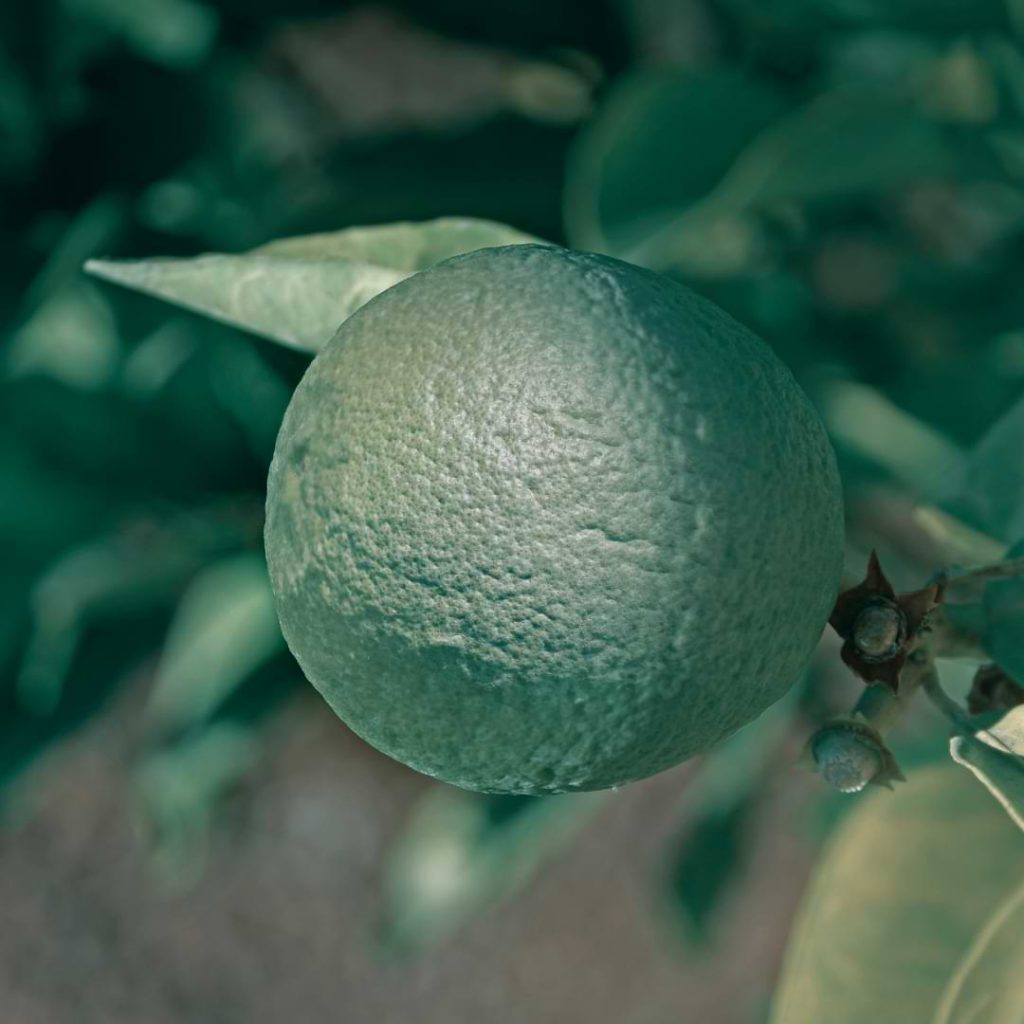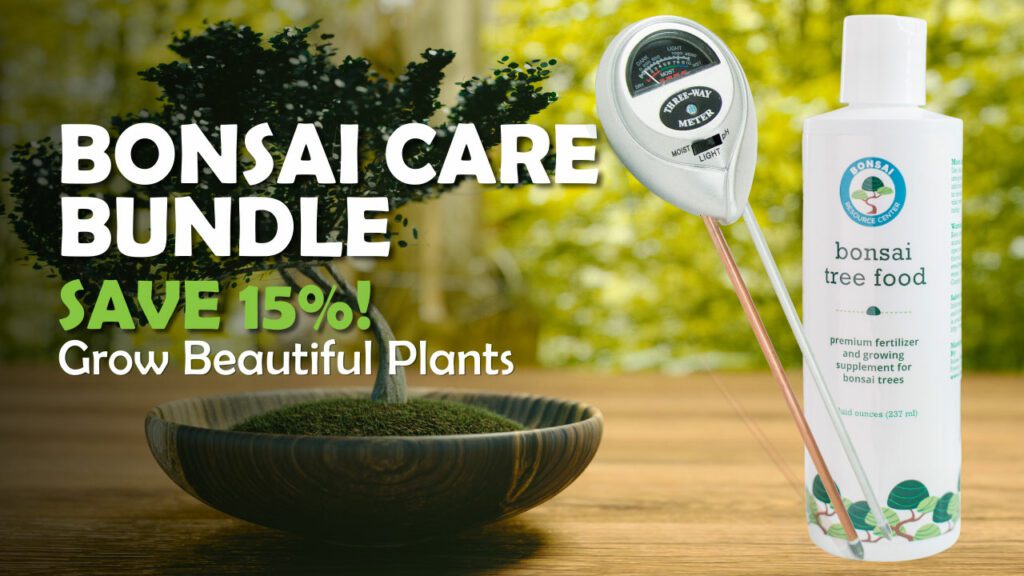There’s something magical about growing citrus trees indoors, so it’s no surprise that many people are interested in growing bonsai lime trees. Although lime trees don’t thrive indoors exactly the way they do outdoors in tropical climates, some varieties of lime, including Key lime (Citrus aurantifolia), are not too difficult to grow indoors.
Interested in caring for a bonsai lime tree? Keep reading to find out how to add a bonsai lime tree to your houseplant collection and how to ensure this plant thrives under your care.
How to Bonsai a Lime Tree
As fun as it is to grow citrus indoors, it can be tricky to start a new bonsai from a citrus seedling. You’ll usually have the best luck buying a bonsai lime tree rather than trying to start your own.
That being said, lime trees can be incredibly fun to grow, so there’s no harm in buying a regular lime tree to bonsai or saving seeds from a lime to try to grow your own from seed.
Key Lime (Citrus Aurantifolia)
Key lime, also known as Mexican lime, is a good choice for bonsai because it is already a dwarf citrus tree and because it adapts to being brought indoors fairly well. Unlike most hybrid citrus fruits, Key lime will grow true from seed. You’ll have the best luck with starting Key lime from seed if you use limes that are organically grown.
Interested in starting your own Key lime tree from seeds rather than buying one? You’ll have to wait a good bit longer before potentially seeing any fruit develop, but it’s fun and rewarding to try to start a Key lime from seed.
Here’s what you’ll need to do to start Key lime or Mexican lime from seed.
Materials Required
- Lime tree seeds
- Plastic bag
- Paper towel
- Small containers (about 2 inches in diameter)
- Potting soil
How to Bonsai a Lime Tree Step by Step
- Acquire Key lime seeds. There are two options for getting lime seeds to start. Either buy Key lime seeds from a reliable source or remove them from an organic Key lime yourself. If you choose the latter, peel and section your lime to get to the seeds. Then rinse them under running water and soak them in a container of water overnight.
- Prepare the seeds. Fold a paper towel into eighths. Spray the towel with just enough water to soak it without causing it to drip. Place several lime seeds under the top layer of the paper towel, spacing them out with at least 1 inch between seeds. Press the top layer down afterward to keep the seeds in place.
- Sprout the seeds. Put the paper towel with the seeds into a clear plastic bag, leaving the closure slightly open to allow some air in. Place the bag in a warm spot without direct sunlight. Check the bag once a day. If the paper towel begins to dry out, spray it with more water. The seeds should sprout anywhere from 10 to 21 days later.
- Place the seeds in containers. Once the seeds have roots that are about an inch long, it’s time to move the seeds to their own containers. Fill the containers with potting soil. Position each seed in a container, being sure that the roots go below the soil surface while any other growth remains above the surface. Water well, and place the seedlings in a warm, sunny location.
- Move the seedlings to larger containers as they mature. You can move your seedlings again when they are 6 inches tall if they need a larger container. Continue to care for the plant by providing plenty of access to light, around 8-12 hours of light each day. Citrus are slow growers, so this can help speed up the growth of your lime tree. To begin with, you may want to use artificial lighting during the winter to keep your lime tree growing more quickly.
- Begin training your lime bonsai. Depending on how quickly your lime tree grows, you may be able to begin training it after about a year’s worth of growth. Citrus trees are not the easiest bonsai to train, so it will likely be tricky to shape your lime tree bonsai if you are new to bonsai. Using a metal wire, you can carefully bend the trunk or the branches to the shape you desire.
- Begin pruning your lime bonsai. Around 6 months after beginning to train your lime bonsai, cut the top two leaves from your lime bonsai using sterile scissors. This will help encourage the lime tree bonsai to grow outward rather than upward. Trim outer leaves when necessary to encourage them to branch out as well. Just be sure to leave at least two leaves on each branch to prevent the branch from dying.
Mexican Bonsai Lime Tree Care Guidelines
While you might assume that citrus is difficult to grow indoors, there are a few types of citrus that do well as houseplants. Mexican lime, also known as Key lime, is one of the citrus trees that can be easily grown indoors.
Citrus can be tricky to shape into a beautiful bonsai form, but while it’s difficult to make Mexican lime look exactly right as a bonsai, caring for a Mexican lime tree indoors is not too difficult. There are just a few things you need to know.
Position
Lime tree bonsai need at least 8 hours of bright sunlight a day, so plan accordingly. Normally the best location indoors is near a south- or southwest-facing window. The best location for lime bonsai can change as the seasons change, though.
Summer
During the summer, lime bonsai can be placed outdoors as long as the temperature remains above 50 degrees Fahrenheit at night. Move them outside for just a few hours each day at first, allowing them to acclimate for several weeks. Be sure to place the tree in a sunny location, but be aware that you’ll likely need to water much more often when your tree is placed outdoors.
Winter
During the winter, you’ll probably need to bring your lime bonsai indoors unless you happen to live somewhere that doesn’t have temperatures that drop below 50 degrees Fahrenheit regularly. Lime is more sensitive to cold weather than some other citrus trees, so even if other citrus is able to survive winter outdoors in your area, lime may not.
Place your lime bonsai in the sunniest location in your home during the winter months. To keep your lime happily growing, you may need to supplement lighting by using artificial lights.
Temperature & Humidity
Not surprisingly, lime trees enjoy warm temperatures. When your lime tree bonsai is outdoors during the summer, it’ll be fine in the heat. Just make sure it doesn’t stay outdoors if the temperature drops below 50 degrees Fahrenheit.
In the winter months, your lime tree bonsai will be happy at normal room temperature, between 65 to 75 degrees Fahrenheit.
As far as humidity goes, lime trees are happy indoors when humidity is at least 40 percent or higher. Again, this is normal for most households, so you shouldn’t have to worry. If the humidity in your home is lower, you may need to use a humidifier to keep your lime tree thriving.
Soil
Citrus trees do best with light, well-draining soil. While you can use regular indoor potting mix, commercial potting mix designed for citrus or for cactus and succulents works better for lime trees.
Watering
Despite what you might expect from a tropical plant, lime bonsai trees do not want to sit in soil that is waterlogged. Water frequently enough to keep the soil moist, but do not let water pool up and cause root rot.
When the top inch of soil is dry, it’s time to water. The watering schedule for your lime bonsai tree will be different depending on the season, the temperature, and the size of the container your tree is in.
Expect to water daily during the summer depending on conditions in your area.
Citrus Bonsai Fertilizing
Because citrus bonsai need to be watered so frequently, nutrients can quickly leach from the soil. This means that you’ll need to fertilize to keep your lime tree happy and thriving. From spring until fall, fertilize regularly, following the instructions on the fertilizer package.
To make fertilizing easy, consider using a gentle fertilizer you can apply each time you water. Liquid fertilizers are easy to mix and make it simple to control how much you’re fertilizing.
It is possible to overfertilize and damage your tree’s roots, so be sure to follow the package directions on whatever fertilizer you decide to use. Consider starting with half as much fertilizer as you think you need at first. Citrus need more fertilizer than most bonsai, but it’s better to start gradually and avoid damaging the plant.
Pruning and Wiring
Like mentioned above, training Key lime or Mexican lime into bonsai can be tricky because it’s difficult to get the proportions right. Even with careful work, sometimes citrus bonsai doesn’t have an ideal bonsai structure.
You can train the trunk and branches using wiring, and prune leaves to create the desired shape. However, this is not a tree for beginners to attempt to bonsai.
Repotting
Bonsai lime trees need to be repotted whenever they outgrow their current pots or every two or three years, whichever is sooner. Plan to repot during the spring.
When repotting, carefully examine the roots removing any roots that are damaged or dead. To keep your bonsai lime tree small, you should also cut away a portion of the roots. Do not remove more than ⅓ of the roots, though.
If your bonsai has not outgrown its current pot, then repot it in the same container using fresh soil. If it’s time to move a size up, then repot your bonsai lime tree in a new container with fresh soil. Water well after repotting. Be sure that whatever container you use has adequate drainage holes to allow excess water to escape when watering.
How to Propagate Citrus Aurantifolia
If you want to propagate your Key lime (Citrus aurantifolia), you can do so by taking a cutting. The best time to propagate is in late spring or early summer. You’ll need a cutting that is 6 inches long from a branch that doesn’t have any flowers or fruits.
After removing the cuttings from the tree, apply rooting hormone to the cut end. Then place the cut end about an inch deep into a container filled with moist potting soil. Use a clear plastic bag to cover the cutting and create a mini greenhouse. Place the cutting in a warm, sunny location, ideally with a temperature between 70-80 degrees Fahrenheit. If needed, use a heat mat underneath the container to warm up the soil.
In about 8 weeks, new roots should begin to develop on your cutting. You’ll know that roots are developing when you see new leaves growing.
Common Pests and Diseases
Lime trees suffer from most of the same pests and diseases as other citrus trees. Leaf miner, scale, citrus mites, and aphids tend to be the most common pests that lime trees face outdoors. Organic options like neem oil or Leaf Armor Spray can help get rid of these pests. You can even blast aphids off your lime tree with a stream of water from the garden hose. For the most part, pests may bother lime trees somewhat, but the damage is rarely bad enough to have a lasting effect.
General Information About Mexican Lime Bonsai Tree
Appearance-wise, Key limes or Mexican limes are multi-stemmed. They look more like shrubs than trees. These citrus trees have small yellowish-white flowers. While Key limes can bloom year-round, they typically bloom the most in the summer months from May to September.
Bonsai Lime Tree Final Thoughts
Being able to enjoy the beautiful look and fragrance of a lime bonsai tree indoors (even if it isn’t producing fruit) is a treat. While keeping a lime tree in bonsai form can be tricky, you’ll still enjoy having a lime tree among your houseplants.
Bonsai With Us!
The Bonsai Resource Center is here to help you learn about all things bonsai and provide you with the tools you need to keep your plant healthy and strong. Explore our other articles, visit our online shop, and connect with other bonsai lovers in our Facebook group to learn everything you need to know about this rewarding hobby!



